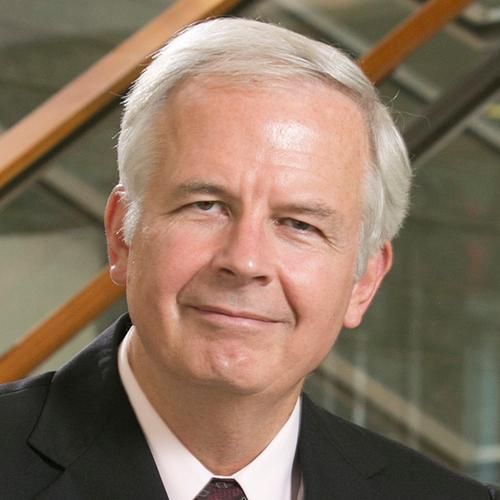Characterization of a sudden expansion flow chamber to study the response of endothelium to flow recirculation.
In order to simulate regions of flow separation observed in vivo, a conventional parallel plate flow chamber was modified to produce an asymmetric sudden expansion. The flow field was visualized using light reflecting particles and the size of the recirculation zone was measured by image analysis of the particles. Finite element numerical solutions of the two and three-dimensional forms of the Navier-Stokes equation were used to determine the wall shear stress distribution and predict the location of reattachment. For two different size expansions, numerical estimates of the reattachment point along the centerline of the flow chamber agreed well with experimental values for Reynolds numbers below 473. Even at a Reynolds number of 473, the flow could be approximated as two-dimensional for 80 percent of the chamber width. Peak shear stresses in the recirculation zone as high as 80 dyne/cm2 and shear stress gradients of 2500 (dyne/cm2)/cm were produced. As an application of this flow chamber, subconfluent bovine aortic endothelial cell shape and orientation were examined in the zone of recirculation during a 24 h exposure to flow at a Reynolds number of 267. After 24 h, gradients in cell orientation and shape were observed within the recirculation zone. At the location of reattachment, where the wall shear stress was zero but the shear stress gradients were large, cells plated at low density were still aligned with the direction of flow. No preferred orientation was observed at the gasket edge where the wall shear stress and shear stress gradients were zero. At higher cell densities, no alignment was observed at the separation point.(ABSTRACT TRUNCATED AT 250 WORDS)
Duke Scholars
Published In
DOI
EISSN
ISSN
Publication Date
Volume
Issue
Start / End Page
Related Subject Headings
- Stress, Mechanical
- Models, Cardiovascular
- Hemorheology
- Hemodynamics
- Endothelium, Vascular
- Cells, Cultured
- Cell Size
- Cell Count
- Cell Adhesion
- Cattle
Citation
Published In
DOI
EISSN
ISSN
Publication Date
Volume
Issue
Start / End Page
Related Subject Headings
- Stress, Mechanical
- Models, Cardiovascular
- Hemorheology
- Hemodynamics
- Endothelium, Vascular
- Cells, Cultured
- Cell Size
- Cell Count
- Cell Adhesion
- Cattle

